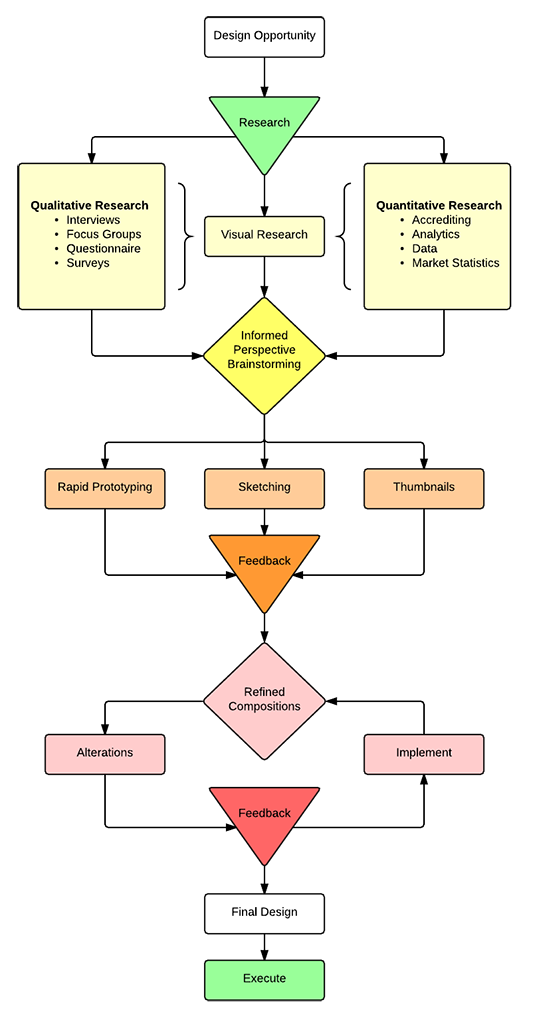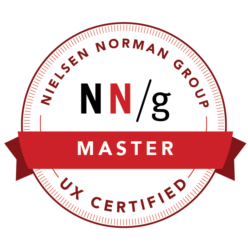
After a design opportunity is identified, I think that the most important step is research. I tend to do a lot of research… both multiple types of qualitative, quantitative, and visual research. This helps me define my target audience, geographic scope, design strategy, and my communication goals. This ultimately informs my next step of brainstorming, which I like to refer to as ‘informed brainstorming’. This way I’m just not shooting in the dark, I know my goals, but I’m free to experiment, explore and play.
Next, after having completed a lot of brainstorming, I choose a handful of ‘promising’ avenues to pursue, which I then further sketch and refine. After doing so, I generally like to try and get some feedback at this point from as many different perspectives as possible, both outside and related to my design opportunity. Once I have gathered some feedback, I usually alter my sketches before preceding to the next step.
At this point I chose a few of the most successful sketches and create refined compositions digitally, at not necessarily at the full size of the final design. Then, I try to get feedback on the refined compositions, and work with alterations and changes as I, the client, or feedback from other designers submit. This part can go on for a while because the minute details come in at this point.
After I’m comfortable with the product, and feedback, I proceed to creating the final design at actual size, and constructing a design brief to explain my process and research to clients and professionals. And then it is time to execute the design, which means building it with CSS/HTML/JavaScript or preparing it for print.
Finally, I would prefer to very much work with a communication specialist when developing my work, because most of the time I have to do a lot of text and writing in design and web development, and it is great to have a second pair of eyes for communication and grammar.

